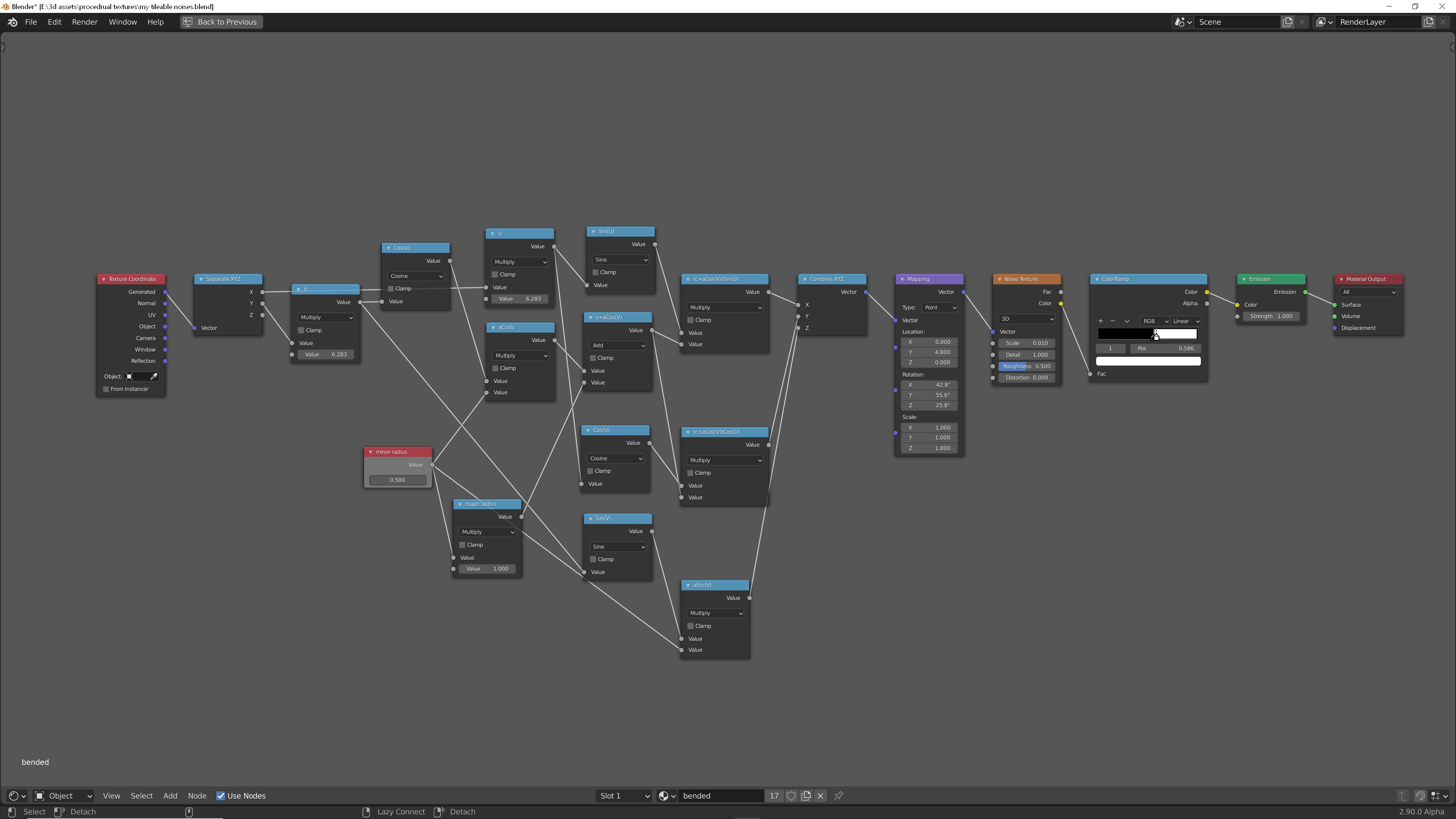

I select the fourth mask and add a material to the layer stack Using ALT and left-click, I can make sure that the material is only seen within that third maskįor the Blend, I use Opacity Masked and I change the Offset Y to -0.05 I select the third mask and add a material to the layer stack Using ALT and left-click, I can make sure that the material is only seen within that second mask I select the second mask and add a material to the layer stack Using ALT and left-click, I can make sure that the material is only seen within that bottom mask I select the bottom mask and add a material to the layer stack

I change the Repeat X to 1, use Subtract for the blend mode, and check invert Materials I add a third checker mask at the top of the mask stack I duplicate the third solid layer and change the color I duplicate the second solid layer and change the color I duplicate the first solid layer and change the color I change the Repeat X to 1 and Repeat Y to 2 – this will cover the second area produced by the first mask I add a second checker pattern mask and change the blend mode to subtract I also check invert, so the mask starts from the bottom I right-click on the layer and choose Add Mask Stackįrom the Mask Component menu, I choose a checker pattern with 1 for the Repeat X and 4 for Repeat Y I add a solid layer and give it a color – using Opacity Masked as the blend type I will be using four different textures which means I need to divide my plane up into four 512 sections I choose a 2K plane as my base and go into top view I will be making a trim sheet and a texture atlas from tile textures in Quixel Mixerīoth of these types of maps are used most often in game development to help save on time and file size
#Quixel mixer tiles how to
In this Quixel Mixer tutorial for beginners, you will learn how to make a trim sheet and texture atlas in Quixel Mixer and then use them in Blender 2.91


 0 kommentar(er)
0 kommentar(er)
